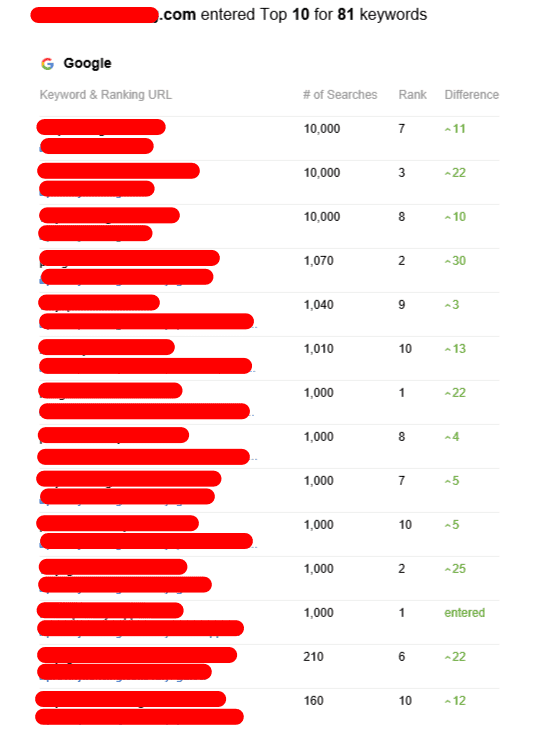Backlink Tier - The Hierarchy of Backlinks That Scale Your SEO Campaign

Backlink tier is the hierarchy of links that you create in order to increase the effectiveness of your SEO campaign. Each level adds a layer of protection against Google and its penalties.
Tiered link building takes an enormous amount of time and effort to make sure that everything is right. Google takes a long time to locate and evaluate new backlinks.
First-Tier Links
The first link that lead to your piece of content should be top-quality dofollow backlinks on reputable websites. These links are known as Tier 1 backlinks and act as the basis of your link building strategy. They endorse your web page, thereby giving it enough domain authority to rank well on search results pages. For instance, if your blog post is published on HubSpot and has links to tier 1 of SearchEngineLand's compilation of Link Building Statistics, then SearchEngineLand's rankings on the web would receive an increase due to the link equity transferred by HubSpot.
The second tier could be more diverse and may include low-quality backlinks, like spammy forum posts or bookmark sites with low value and directories. However, the goal with the second tier 2 is to create quality content that can be linked to your first tier of links. This is because content that is of high quality can enhance the content it is placed within, and not stand out as a unique addition for SEO purposes.
To construct a successful tiered marketing campaign, you'll need to invest in quality content and tools like RankerX or GSA. The time and money spent manually performing a tiered campaign is worthwhile if you intend to see the increased rankings of a well constructed backlink pyramid.
Second-Tier Links
Tiered link construction is designed to direct users through external websites before reaching your website. To accomplish this it's essential to select second-tier backlink sources that are relevant to your business and website. As opposed to profile profiles for accounts, guest blog posts perform very well for this function because they offer valuable content that users want to consume.
In general, avoid using links of tier 2 on forums or other low-quality sites. Instead, you should use high-quality pages that provide industry news or guest articles. These links will be more natural and will have greater impact on your rank in the search results. They're also more likely to be recognized as having acquired link equity from Google, which can increase the value of their position in SERPs.
If you're looking to improve your SEO rankings It is important to know that obtaining these high-quality hyperlinks manually is not easy. It can take months to offer guest posts to top publishers, and even longer for them to be published. It could take weeks to see the results when it comes time to create new traffic and converts from onsite.
In addition, many SEOs resort to automated tools to help them build links that are second-tier. This could be in violation of Google's Webmaster Guidelines and lead to penalties.
Third-Tier Links
This category has a large amount of links, some of which are borderline-spam. They are shared on social media platforms, and on user-generated content sites like Quora. They aid in the indexing of tier two links however, they don't transfer any link equity to the resource being promoted. Generally, these are nofollow links. At this stage, marketers are more concerned about quantity rather than quality. They make use of tools to post numerous hyperlinks on forums, in comments sections of articles and blog posts, in directories, and in other similar places. This is the point where tiered link building is a grey area and violates Google's webmaster rules.
Link-building campaigns that are classified require a significant amount of effort and time to be successful. Google could take months or even days to rank the backlink. It can take weeks or even months to see an SEO impact. Marketers should be patient, and employ a meticulously-planned content strategy.
Marketers should be cautious about using too many automated tools for this kind of linking. They can be in violation of the rules of search engine optimization and lead to penalties. It is recommended to manually choose and post links on relevant websites of donors instead of using automated tools such as GSA or RankerX. This will prevent search engines from penalizing your promotion for links that are not of high quality.
Fourth-Tier Links
Tiered link building continues to be a popular technique for increasing higher rankings for websites. Since Google has made major efforts to eliminate "black-hat" SEO techniques, tiered link building methods have been slowed down.
They are considered to be gray-hat SEO techniques and are penalized for their use in a fraudulent manner. Tiered links are backlinks constructed on different levels of the link pyramid. These backlinks are used to boost a resource's rank in search results. This way, the promoted web page will be more prominent than its competitors and receive more organic traffic.
tiered backlinks service of backlinks on this tier takes an eminent decline and are usually nofollow. Additionally this tier may be comprised of low-quality directories, media profiles and article networks. These links can be created naturally or using strategic automation tools. However they must be unique in terms of niches, domains and importance.
These backlinks, apart from being low-quality and not followable could also create problems when they're not diversified enough. This is because Google has a highly advanced team of hounds who constantly look out for patterns in backlink profiles as well as techniques. If they do find them, not only can the link-building team be penalized, however, so too can its clients.
